Join us on Patreon! https://www.patreon.com/MichaelLustgartenPhDDiscount Links: NAD+ Quantification: https://www.jinfiniti.com/intracellular-nad-test/Use Cod…
Get the latest international news and world events from around the world.
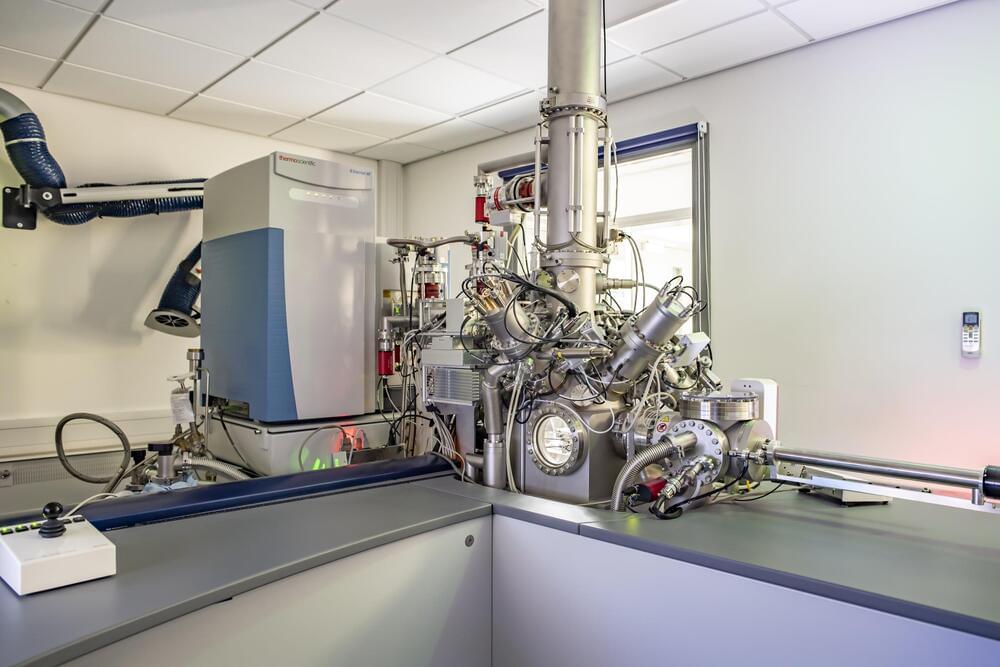

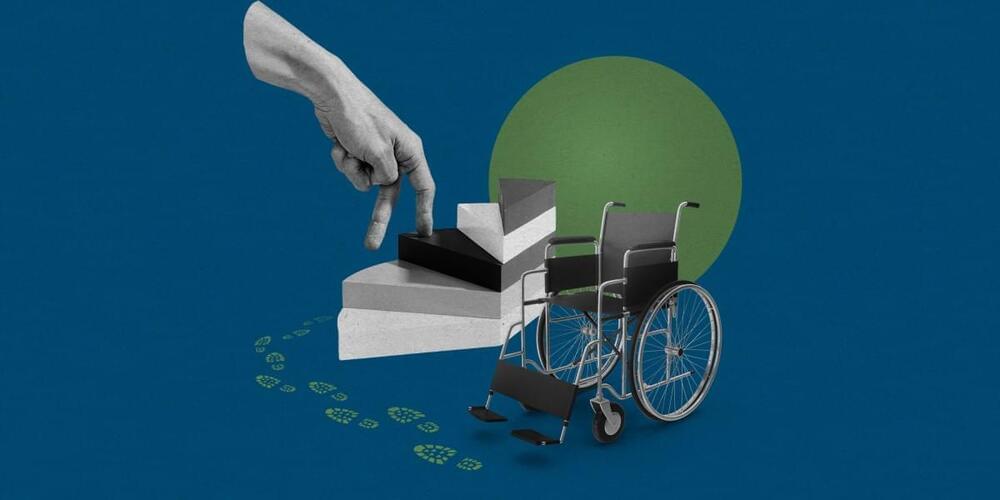

The Guy Who Made Chaotic Desktop Goose Turned Notepad into MS Paint
You can actually play his upcoming shooter in the app.
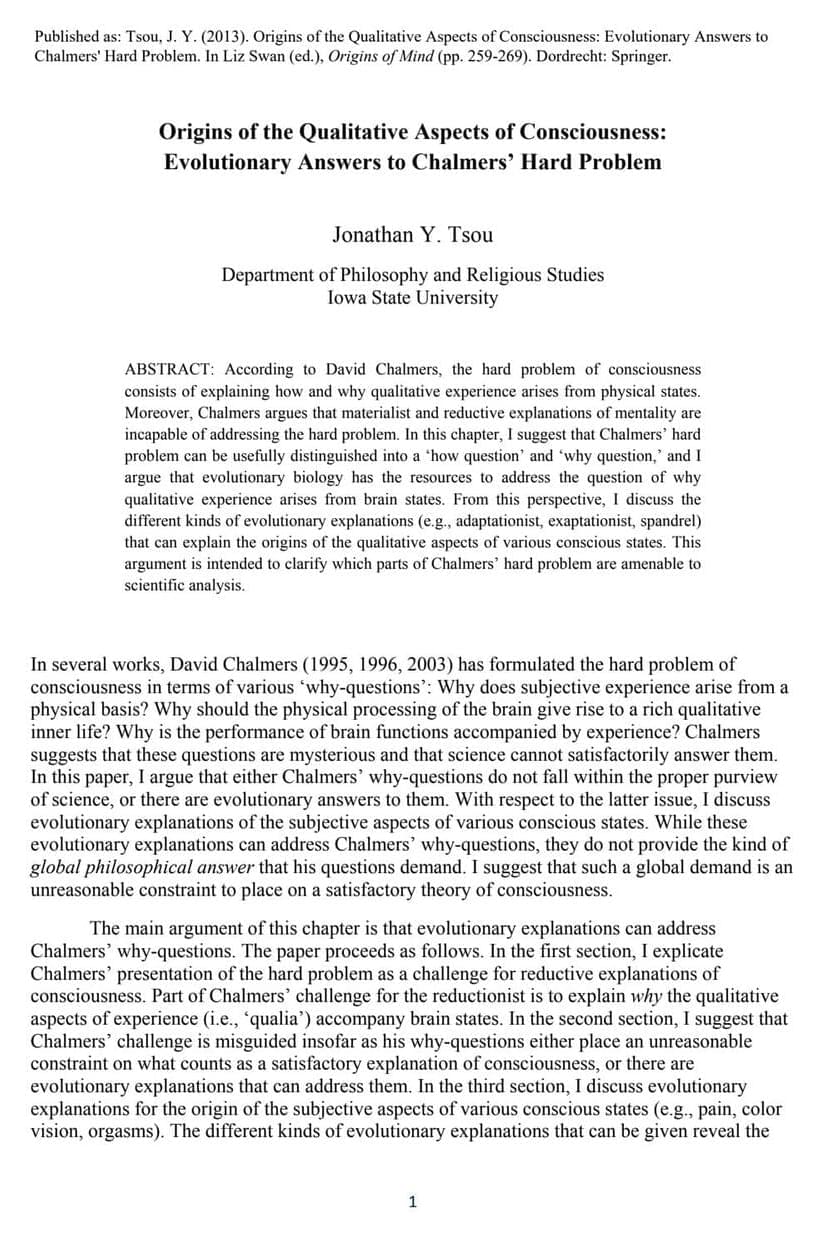
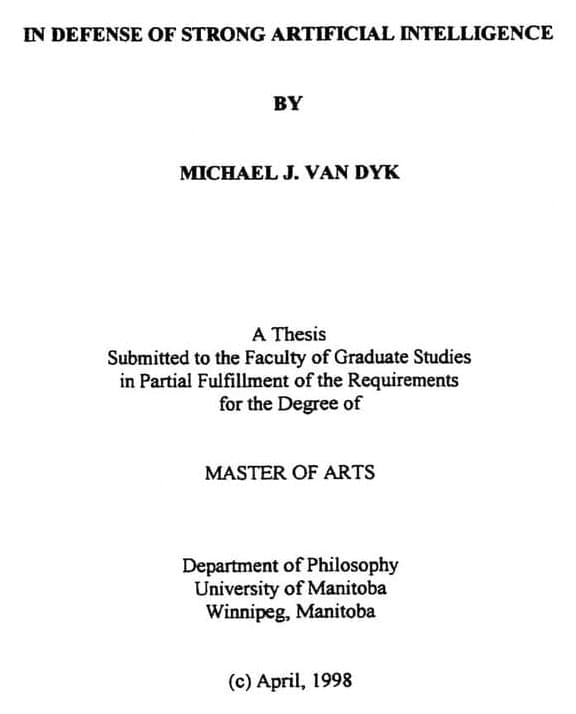
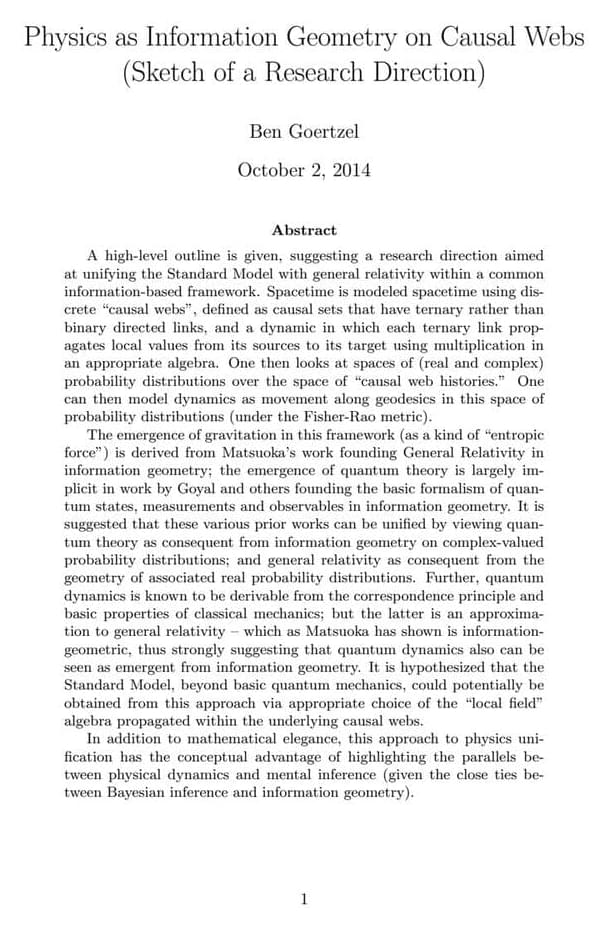

World’s 1st nuclear fusion-powered electric propulsion drive unveiled
A concept that began as a doodle at a conference years ago is now becoming a reality.
RocketStar Inc. has showcased its advanced nuclear-based propulsion technology called the FireStar Drive.
It is said to be the world’s first electric device for spacecraft propulsion boosted by nuclear fusion.